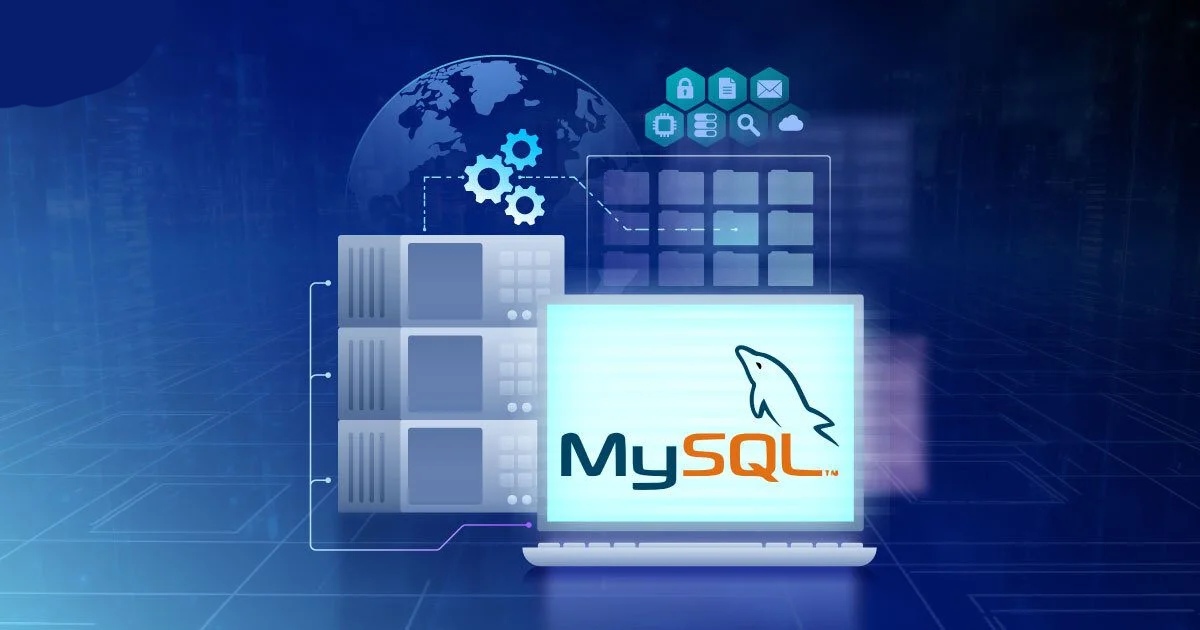
SQL SERVER
This course provides a comprehensive introduction to Microsoft SQL Server, covering
fundamental concepts and practical skills required for effective database management.
Participants will gain hands-on experience in designing, querying, and managing
databases using SQL Server. The course combines theoretical foundations with
practical applications, ensuring participants are well-equipped to work with SQL Server
in real-world scenarios.
Frequently Asked Questions
SQL vs. SQL Server: SQL: A query language for relational databases. It allows you to interact with data in a structured way (insert, update, retrieve, delete). Think of it as a universal language for talking to databases. SQL Server: A specific database management system (DBMS) developed by Microsoft. It uses SQL as its primary language to manage and manipulate data. Think of it as a software application that houses your data and understands SQL commands.
SQL Server likely gets its name because: It's a Microsoft product that uses SQL as its query language. SQL Server manages and stores data, making it a server for your database needs.
SQL Server itself is a single database management system from Microsoft, but it comes in various editions with different features and functionalities. These editions cater to different needs, ranging from small-scale applications (Express edition) to large enterprises (Enterprise edition).
There aren't actually 5 distinct types of SQL, but rather different categories of SQL commands used for interacting with relational databases: Data Definition Language (DDL) Data Manipulation Language (DML) Data Control Language (DCL) Data Query Language (DQL) Transaction Control Language (TCL)
Here's a basic roadmap for using MS SQL Server: Install: Download and install the appropriate SQL Server version for your needs. Connect: Use a tool like SQL Server Management Studio (SSMS) to connect to your SQL Server instance. Write Queries: Use SQL language (DML, DDL, etc.) to create databases, tables, insert data, and perform queries to retrieve and manipulate information. Manage & Secure: Set up user accounts, permissions, and backups to ensure data security and manage your SQL Server environment effectively.
There are two main approaches to creating a SQL Server: Installation: Download and run the SQL Server installer, which guides you through the setup process. You can choose components and configurations based on your needs. Management Studio: Launch SQL Server Management Studio (SSMS). Connect to an existing SQL Server instance (if setting up a remote server) or use the "Register Server" option to add a new local instance. This method provides more granular control over the creation process.
While Microsoft developed and markets SQL Server, the original code came from Sybase. In 1988, Microsoft collaborated with Sybase (and Ashton-Tate) to create a variant of Sybase SQL Server for the IBM OS/2 platform. Microsoft later took over sole development and continues to innovate on SQL Server.
Deciding between SQL Server and MySQL depends on your needs. Here's a quick comparison: SQL Server: More powerful for complex queries and large-scale data, offers tight integration with other Microsoft products, but has licensing costs. MySQL: Known for ease of use, open-source nature (free!), and strong community support, but might not scale as well for massive datasets or complex workloads. There's no single "better" option – it depends on factors like budget, project scale, and preferred environment.
SQL Server shines in enterprise environments with its robust features for complex queries, large datasets, and tight integration with Microsoft tools. While it has licensing costs, it excels in handling mission-critical data and high-performance applications.
1. Understand Database Concepts
2. Master SQL Server Installation and Configuration
3. SQL Query Language Proficiency
4. Database Design and Modeling
5. Data Manipulation and Transactions
6. Stored Procedures and Functions
7. Database Administration
8. Query Optimization and Performance Tuning





